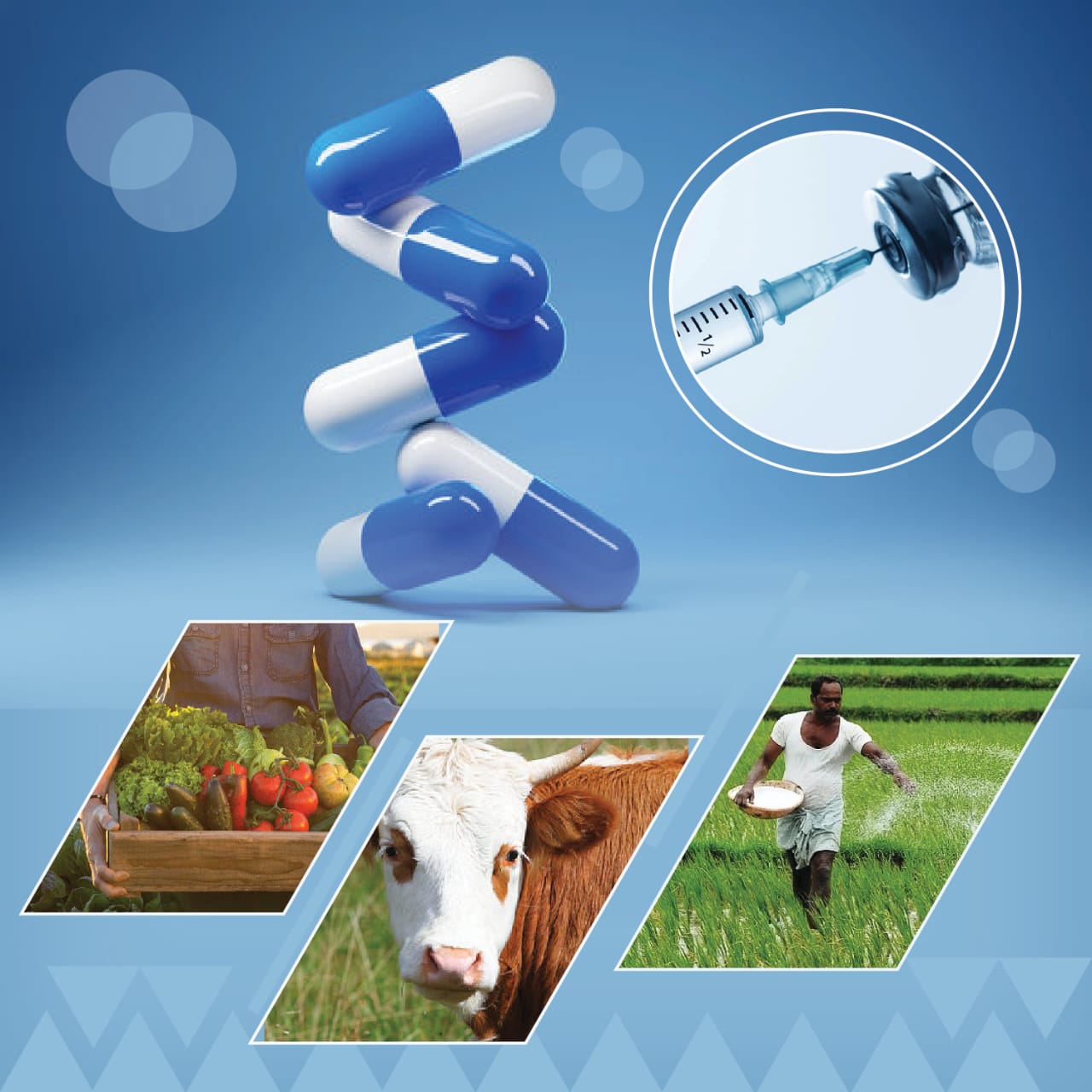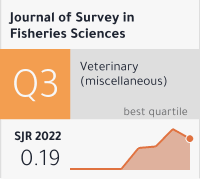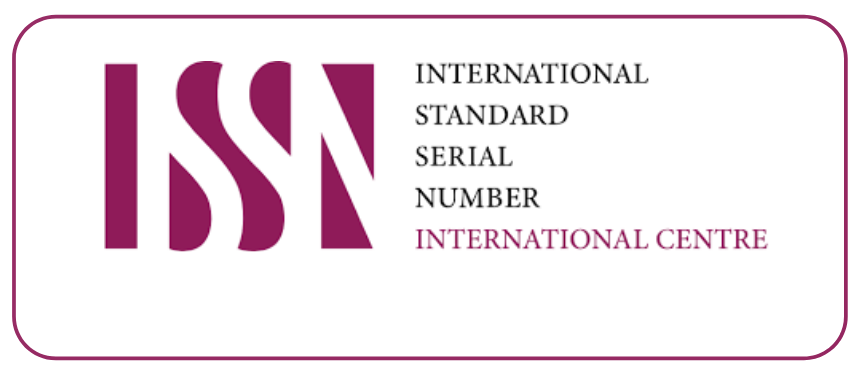Physiological Responses Of Cotton Plant (Gossypium Hirsutum L.) To Foliar Sprayed Folic And Salicylic Acid Under Drought Conditions
DOI:
https://doi.org/10.53555/sfs.v12i1.3289Keywords:
Gossypium hirsutum, Drought, Salicylic acid, Folic acid, proline.Abstract
The current study was conducted from February 2023 to August 2023 at a local farm in the Biology Department, College of Science, University of Zakho in the Kurdistan Region of Iraq. It aimed to examine the effects of drought and the application of salicylic and folic acid on some physiological parameters of two cotton (Gossypium hirsutum L.) cultivars (MAY 505 and MAY 455). For this reason, a randomized complete block design (RCBD) was used to assess the physiological aspects of the cotton plant. Both cotton cultivars were treated with salicylic acid (SA) at concentrations of 0, 1, and 2 mM, and folic acid (FA) at 0, 5, and 10 mM, separately and in combination, and subjected to three drought periods as (continuous irrigation (Ci), 10, and 15 days thirst). The results indicated that proline content was the highest in plants treated with (1 mM SA) at (33.75 µg/mg) in MAY 505 and (28.29 µg/mg) in MAY 455 under similar drought conditions. Further, plants sprayed with (5 mM FA) showed the highest chlorophyll content at (46.82 SPAD value) for MAY 505 and (50.77 SPAD value) for MAY 455. The application of (2 mM SA) scored the highest increase in P, K, and Mn, while the applied (10 mM FA) showed the highest increase in N and Cu. Cultivar MAY 505 was shown to be more responsive in addressing drought periods than MAY 455.









